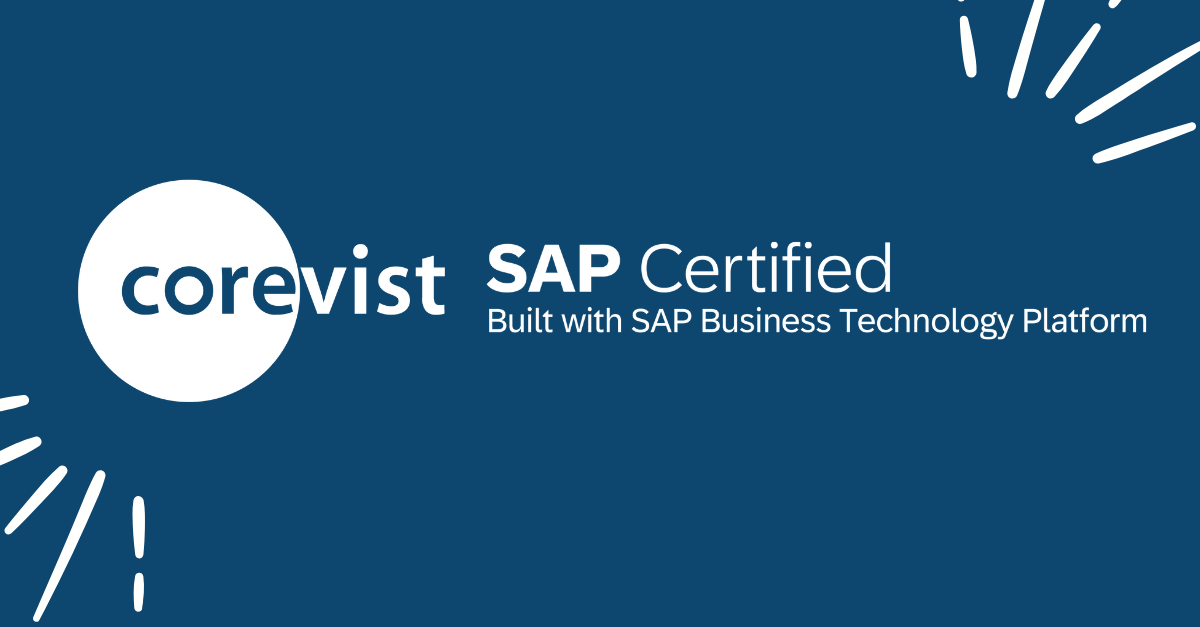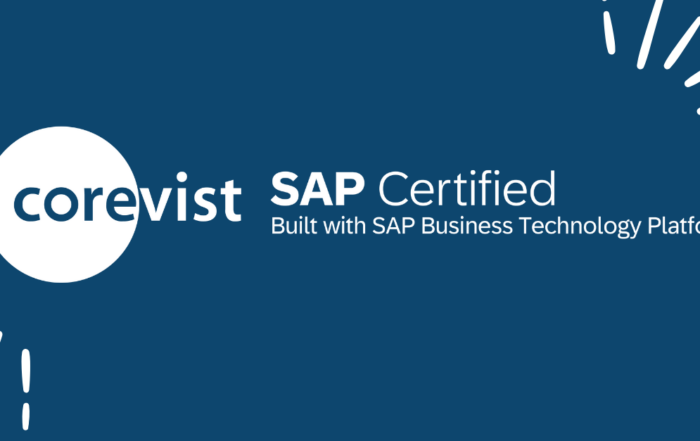Share
Author
Sam Bayer
Share
How much does SAP B2B ecommerce really cost?
Demandware recently commissioned a Forrester Consulting study entitled “Understanding TCO (total cost of ownership) when Evaluating eCommerce Solutions”.*** The Executive Summary of the report really hit home with me since I often find myself trying to politely educate prospective clients about the real costs of implementing and supporting an SAP® integrated eCommerce solution. Here are Forrester’s key findings:
- The true costs of supporting on-premise eCommerce technology are substantial. Seems as if study participants, on average, spend about 7% of their online revenues supporting the technology that underpins their eCommerce operations. That seemed high to me so later in this post I’ll come back to some of the research I did about our clients and their costs. They go on to say that, on average, retailers have 34 technical resources dedicated to supporting their on premises eCommerce businesses at a fully loaded cost of $212K per year. Holy Moly! What are all those people doing?
- Almost half of all eCommerce programs have a higher total cost of ownership than predicted. I could have predicted that. :-)
- Online retailers are embracing cloud-based solutions. Well…it’s about time. No, seriously, it really is about time. We can provide an 80% solution that is integrated to a client’s SAP® system within 8 hours of being given access to their landscape. You can’t do that with an on premise solution. After all, time is money!
- TCO matters, but agility, innovation, and time-to-market are equally important. See my response to point number 3.
Now let’s get back to that 7% of online revenue being spent on the eCommerce infrastructure that Forrester references. In the Demandware version of this report, they suggest that cloud based eCommerce platform users report costs closer to 3.5%. But even that seemed high to me. So here is what I did:
- I analyzed 7 of our clients data for the first 6 months of 2013.
- I normalized all of their ecommerce data into US Dollars since they sold products in 8 different currencies.
- I calculated their average order size for that 6 month period.
- I took what each of those 7 clients spend (with us) to operate those websites and derived two metrics: actual $Cost per Order and the relative cost to process those orders with respect to the order size, a so called “order tax”.
- I produced the following two graphs that plot Cost per Order ($) (fig 1) and “Order Tax (%)” (fig 2) versus Order Size.
Here are a few of my observations:
- Wide range of average order sizes – There is a pretty wide range of average order sizes (looking at either graph from left to right) from a low of $353 to a whopping $22,861. That reflects the varying business models of our clients. The smaller average order sizes ($353 and $444) are for our clients who have a more “B2C” like business model. Namely, they mainly sell to really small businesses or to individuals within corporations. As the order size increases, the business model becomes more “B2B”, with the $22,861 average order size belonging to a manufacturer that uses our website to sell to large distributors and to do inter-company transfers.
- 3.5% – 7.0% eCommerce tax is exorbitant! – I new that number felt high and figure 2 shows you exactly how high. Our clients only pay anywhere from a low of 0.005% to 0.590% order processing “tax”. That’s anywhere from 6X to 700X cheaper at the lower 3.5% level, or double that to 12X to 1400X cheaper at the industry average of 7%.
- Sell more, pay less. The more B2B you are (further on the right of the graphs) the less eCommerce tax you pay. To put it another way, the more business you put through your website the greater your benefit.
- You can make it up in volume. One glaring exception here is Client #1 who has the smallest average order size of $353 yet only pays a quarter (0.14% compared to 0.59% and 0.48%) of the tax that Clients #2 and #3 pay. That’s because they process over 10X more orders. Once again, once you’ve made the investment to put an eCommerce infrastructure in place, it pays to grow it.
- We’re off the charts. 85% of our clients have Sales Order Processing costs ($0.16 – $2.62) which would qualify them as “Top Performers” on this 2011 APQC industry benchmark on Sales Order Processing. In fact, 5 of our clients have processing costs so low (<$1.50), that they would need to create a new category…Top Top Top Performers…if they were to be included in the study :-).
- Costs can be deceiving. While client #3 pays the most absolute dollars per order, $6.47, when you dig down into how they’re using their B2B ecommerce website you uncover hidden value. Most of those web orders are placed by their Field Sales Staff as part of their new partner recruitment and new product launch processes. They are sample orders. Making the Sample Order process easier for the Salesforce (previously done over the phone) unleashes new revenue opportunities for this client that are captured elsewhere.
- You don’t have to place orders to derive value. The one thing that is missing from all of these statistics is the fact that you don’t have to place orders on a B2B website to derive value from it. In fact, one of our clients, 3A Composites, was totally excluded from my analysis because they place zero orders (so far) on our website. Their orders either come in as email/faxes that are managed by their Esker implementation, or by phone. Many of our clients have started their eCommerce journeys in just that way. Provide post order entry customer services first and then migrate those customers who want the 24×7 convenience and immediate real time feedback of web based order entry to your website.
My conclusions?
We need to change our pricing model and raise our prices. :-).
While I may be only half kidding about that, my other conclusion is that b2b2dot0 is now generating benchmark data that clearly demonstrates that the return on investment of a Cloud based SAP® Integrated B2B eCommerce solution is not just blah blah blah.
It’s very real and very significant.
We always knew that we were setting a new standard with respect to total cost of ownership, speed of implementation and client satisfaction.
We now have the numbers to prove it!
Sam
***In case you’re interested the entire study is available for free here. The abridged (aka marketing) version is available on the Demandware website.






